
How much protein is there in paratha?
Parathas are a staple in Indian cuisine, beloved for their versatility and satisfying taste. These flatbreads come in various flavors and fillings, making them a popular choice for breakfast, lunch, and dinner. One of the key factors contributing to the popularity of parathas is their rich protein content, essential for a well-rounded and nutritious diet.
In Indian households, parathas are not just a meal but a cultural symbol, often prepared with love and tradition. The importance of protein in these parathas cannot be overstated, as it plays a vital role in maintaining muscle health, promoting satiety, and supporting overall well-being. Whether it's the classic aloo paratha or the indulgent paneer-filled variant, each bite offers a dose of essential proteins.
As we delve into the world of parathas, it becomes evident that these humble flatbreads pack a powerful nutritional punch, offering a delightful combination of taste and health benefits. So, the next time you savor a warm, crispy paratha, remember that you're not just enjoying a delicious meal but also fueling your body with the protein it needs to thrive.

Nutritional Value of Paratha
One plain paratha |
Nutritional Facts |
Calories in Paratha |
260 |
Carbs |
38.94 grams |
Protein |
5.16 grams |
Fat |
8.99 grams |
Fibre |
1.3 grams |
Sodium |
399 mg |
Potassium |
52 mg |
Vitamin A |
0.1% |
Calcium |
1.5% |
Iron |
7.1% |
Factors affecting the protein content
Type of Flour:
Protein content varies based on the type of flour used, such as whole wheat flour (atta) or refined flour (maida).
Protein-Rich Additions:
Protein content can be increased by adding ingredients like powdered pulses or legumes to the dough.
Quantity of Flour:
The proportion of flour used in the recipe directly affects the protein content of the paratha.
Yogurt or Milk:
Addition of yogurt or milk to the dough can enhance protein content.
Use of Additives:
Certain additives like protein powders or gluten can be added to boost protein levels.
Cooking Method:
Frying parathas in oil or ghee adds minimal protein, while baking or grilling may preserve protein content better.
Filling Ingredients:
Protein content may vary depending on the ingredients used for stuffing parathas, such as paneer (cottage cheese) or minced meat.
Thickness and Size:
Thicker and larger parathas may contain more protein due to the increased amount of dough used.
Cooking Temperature:
High cooking temperatures can lead to protein denaturation and loss during the cooking process.
Storage Conditions:
Protein content may decrease over time during storage due to oxidation or microbial activity.
Easy Paratha Recipe
Ingredients:
Whole wheat flour (atta)
Water
Salt
Oil or ghee (clarified butter)
Steps:
-
Prepare Dough:
In a mixing bowl, combine whole wheat flour and a pinch of salt.
Gradually add water and knead into a soft, pliable dough. Let it rest for 15-20 minutes, covered with a damp cloth.
-
Divide Dough:
Divide the dough into small, lemon-sized balls.
-
Roll Out Parathas:
Take one dough ball and flatten it slightly with your palm.
Dust it with flour and roll it out into a thin, round disc using a rolling pin.
-
Apply Oil or Ghee:
Brush the rolled-out dough with oil or ghee evenly on the surface.
-
Fold and Roll:
Fold the rolled-out dough into half to form a semi-circle.
Apply oil or ghee again on the folded side and fold it into half again to form a triangle.
Roll out the triangular dough into a slightly thicker paratha.
-
Cook Parathas:
Heat a tawa or skillet over medium heat. Place the rolled-out paratha on the hot tawa.
Cook until bubbles start to form on the surface, then flip the paratha.
Brush some oil or ghee on the cooked side, then flip again and brush oil on the other side.
Press gently with a spatula to cook evenly until both sides are golden brown.
-
Serve Hot:
Remove the cooked paratha from the tawa and place it on a plate.
Repeat the process with the remaining dough balls.
Serve hot parathas with your favorite side dish or condiment, such as yogurt, pickle, or curry.

Paratha Nutrition: How Much Protein Does It Contain?
We examined the nutritional profile of parathas, focusing on their protein content alongside calories, carbohydrates, and fats. It was revealed that despite being known for its carb-rich nature, parathas can contribute significantly to protein intake, especially when prepared using protein-rich ingredients like wheat flour, paneer, or lentils.
Proteins are essential for various bodily functions, including muscle repair, growth, and overall health. By incorporating protein-rich parathas into your diet, you can support muscle building, aid in weight management, and promote a balanced nutritional intake.
By making informed choices and opting for protein-enriched variations, you can enhance the nutritional value of your diet while enjoying the savory delight of parathas.
This Blog post is an initiative by Lo! Foods, to provide accurate and Nutritionist / Doctor approved information related to Health. Lo! Foods is India's leading brand for Everyday Functional Foods. Foods designed for specific Health conditions or Needs. Lo! Foods also runs India's largest range of Low Carb Healthy Cloud Kitchens, under the brand names of Lo!, ProteinChef, ATH (All Things Healthy) and DiabeSmart.



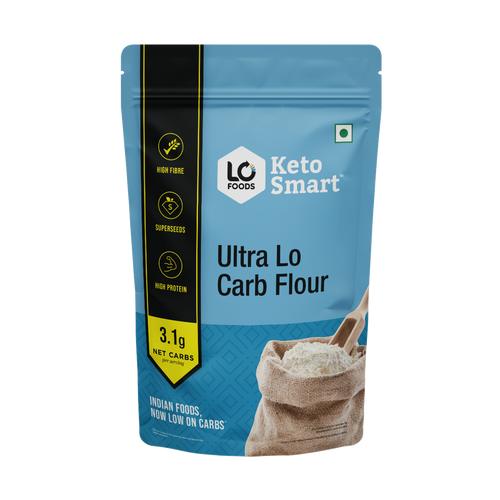
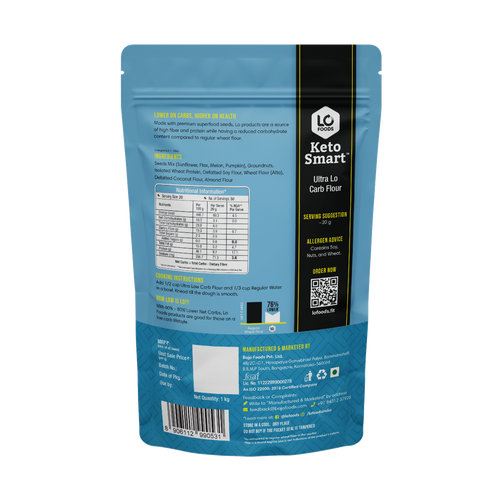
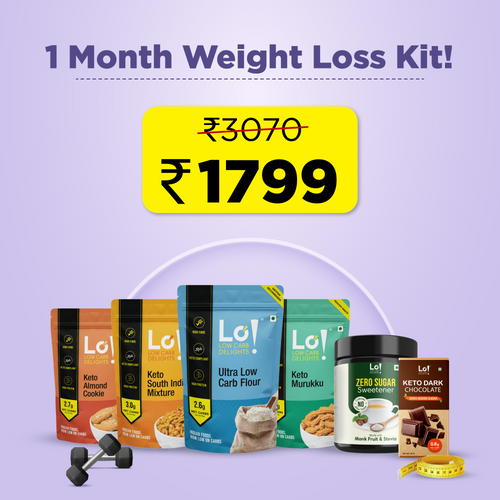
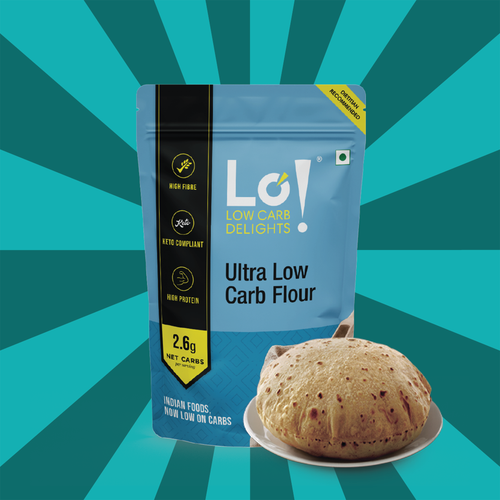


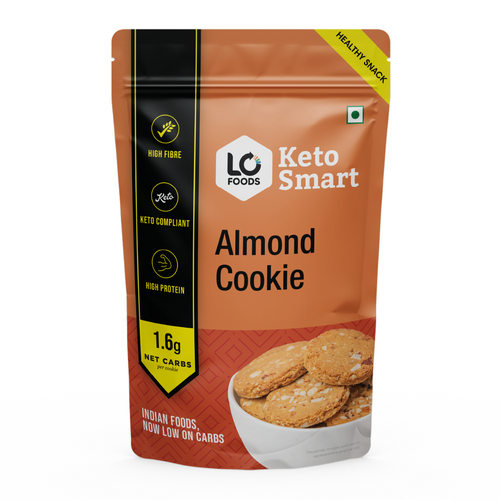
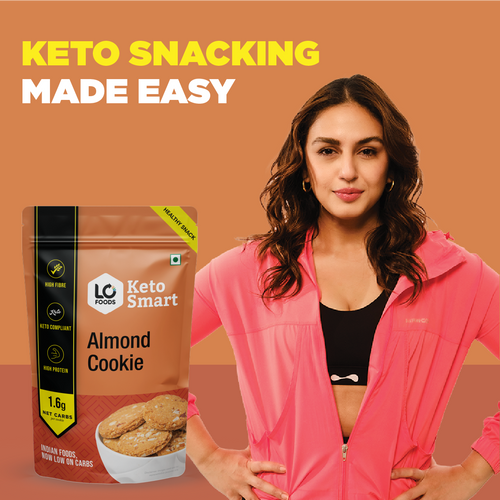




Leave a comment
Your email address will not be published.